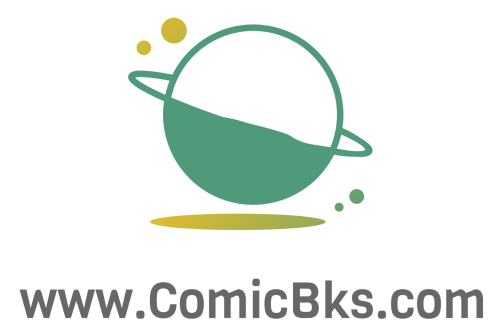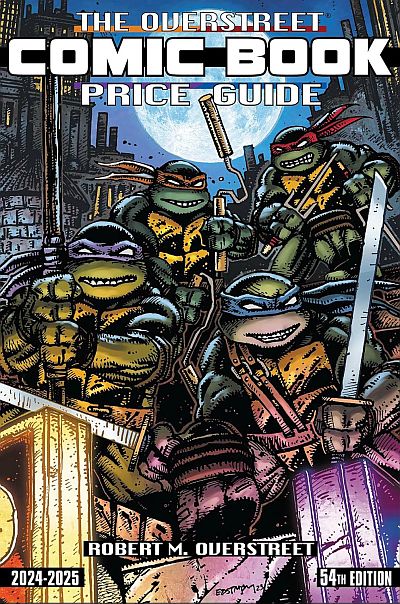The landscape of comic books, particularly at Marvel Comics, has long been a reflection of the evolving dynamics of societal values and norms. One of the most compelling shifts in this realm is the rise of female superheroes, who have journeyed from peripheral figures to powerful protagonists. This expanded blog post delves deeper into the evolution of female superheroes in Marvel Comics, celebrating their empowerment and the significant cultural impact they have made.
The Early Days: Pioneering in a Male-Dominated Universe
In the formative years of Marvel Comics, female superheroes like Sue Storm of the Fantastic Four and Jean Grey of the X-Men emerged. Initially, these characters played secondary roles but were crucial in setting the stage for future female leads. Their presence marked the beginning of a change in the superhero narrative, slowly paving the way for more intricate and influential female characters. It was a time when women in comics were often relegated to the background or limited to stereotypical roles. However, these early characters demonstrated that women could hold significant sway in the superhero domain.
The Rise of Iconic Female Superheroes
The introduction of characters like Storm, one of the first major Black female superheroes, and Black Widow, a master spy and combatant, began to shift the landscape. These characters were not just sidekicks or love interests; they were complex figures with their own backstories and motivations. The arrival of Captain Marvel marked a significant turning point. Here was a female superhero with power that rivaled her male counterparts, embodying both strength and vulnerability. She became a beacon of change, showcasing the potential of female superheroes to lead and inspire.
Embracing Diversity and Representation
Marvel further expanded its universe by introducing characters like Kamala Khan (Ms. Marvel), a Pakistani American teenager, and America Chavez, a Latina superhero. These characters weren’t just token representations; they were fully-realized individuals with their own unique stories and struggles. Their inclusion broadened the appeal of Marvel Comics, breaking the barriers of race and ethnicity, and establishing that heroism is universal and unbounded. This move towards inclusivity was a significant step in reflecting the diverse society we live in.
Themes of Empowerment and Resilience
Marvel’s female superheroes began to tackle themes of empowerment, resilience, and personal struggle, resonating with readers on multiple levels. They were no longer just about physical strength; they were symbols of emotional and mental fortitude. Their stories often reflected real-world challenges, making these characters relatable and inspirational symbols of strength and perseverance. This narrative shift was crucial in changing how female superheroes were perceived, both within the comic universe and by the readers.
Impact Beyond Comic Pages
Marvel’s female superheroes have transcended comic books, becoming cultural icons through TV shows, movies, and merchandise. Their presence in mainstream media has been instrumental in shaping views on female strength and capability, inspiring a new generation to admire these characters as role models. From action figures to blockbuster films, these superheroes have left an indelible mark on popular culture.
Expanding Roles and Narratives
Over time, female superheroes in Marvel Comics have transitioned from supporting roles to leading their own narratives and teams. They now feature in complex storylines that explore a wide range of themes, from personal identity to large-scale battles against evil, showcasing their multifaceted nature. This progression highlights how these characters have evolved from mere additions to central figures in the Marvel universe.
Interconnected Stories and Team-Ups
Female superheroes have become integral parts of teams like the Avengers, X-Men, and Guardians of the Galaxy, demonstrating collaboration and leadership. Their involvement in major crossover events highlights their significance in the Marvel universe and their ability to work alongside, and sometimes lead, their male counterparts. This interconnectedness has added depth to their characters and enriched the overall storytelling of the Marvel universe.
Challenges and Criticisms
Despite the progress, female superheroes initially faced stereotypes and were often relegated to traditional roles. Marvel has worked to overcome these challenges, presenting more nuanced and empowered characters. The journey towards fully-realized female characters is ongoing, with Marvel continuously striving to improve representation and depth in its storytelling.
Future Prospects
Marvel continues to introduce new female superheroes, each bringing unique backgrounds and abilities, promising a rich future for these empowering figures. The push for more inclusive and
diverse representation remains a key focus, signaling a future where Marvel’s roster of female superheroes will continue to grow in number and significance. These new characters are not just additions to the existing lineup but are set to redefine what it means to be a hero in the modern world.
Conclusion: The Legacy and Future of Female Superheroes
Marvel Comics’ portrayal of female superheroes represents a journey of evolution, empowerment, and inspiration. Over the years, these characters have transformed from secondary figures to central heroes, embodying strength, complexity, and resilience. They have become more than fictional figures; they are icons who challenge traditional norms and inspire readers to re-envision what heroism looks like.
As Marvel continues to expand its universe, the legacy and influence of its female superheroes are poised to reach even greater heights. They are breaking new ground, not just in the comic book world but in the broader cultural landscape, influencing other forms of media, fashion, and societal perceptions of female empowerment and strength.
The future promises a rich tapestry of stories where female superheroes are not just part of the narrative but drive it forward with their unique perspectives and strengths. With each new character and storyline, Marvel is creating a world where heroism is defined by character and resilience, not just gender. This evolution is a testament to the enduring power of storytelling and its ability to reflect and shape our understanding of the world.
As we look ahead, the journey of female superheroes in Marvel Comics is far from over. It continues to inspire and challenge, paving the way for a new generation of heroes who will carry the torch of empowerment and representation. These characters, with their diverse backgrounds and compelling narratives, are not just shaping the future of comics but are also influencing the hearts and minds of readers around the world.
FAQ Section
1. Who was the first female superhero in Marvel Comics?
The first female superhero in Marvel Comics was the Invisible Woman (Sue Storm), introduced in “The Fantastic Four” in 1961. She marked the beginning of a new era in comic book storytelling, where female characters could be more than just side characters but heroes in their own right.
2. Which Marvel female superhero has the most powers?
Captain Marvel is often considered one of the most powerful, possessing superhuman strength, endurance, and the ability to fly at great speeds. Her powers are a symbol of the limitless potential that these characters represent, both in the fictional universe and as icons in the real world.
3. How has the representation of female superheroes in Marvel Comics changed over the years?
Initially portrayed in secondary roles, female superheroes in Marvel Comics have evolved into complex leading characters with diverse backgrounds and storylines. This shift reflects a broader change in societal attitudes towards gender roles and representation. These characters now embody a range of experiences and identities, offering readers a more inclusive and relatable range of heroes.
4. Are there any Marvel female superheroes who lead their own comic series?
Yes, many female superheroes like Captain Marvel, Black Widow, and Ms. Marvel have their own comic series where they are the central characters. These series have been instrumental in showcasing the depth and versatility of female superheroes, providing them with their own narratives and challenges, separate from their male counterparts.
5. What impact do female superheroes have outside of comic books?
Female superheroes have transcended the realm of comic books to become cultural icons, influencing other media, fashion, and societal perceptions of female empowerment and strength. Their impact is seen in movies, TV shows, merchandise, and even in real-life inspirations, where they serve as role models for resilience, courage, and empowerment.
In conclusion, the evolution of female superheroes in Marvel Comics is a mirror to our changing world. These characters, once relegated to the sidelines, have become central figures in storytelling, embodying strength, complexity, and diversity. They inspire not just through their superpowers but through their human qualities – their struggles, triumphs, and growth. As Marvel continues to introduce new characters and narratives, the impact of these superheroes will only grow, inspiring future generations and continuing to redefine the boundaries of what it means to be a hero.







